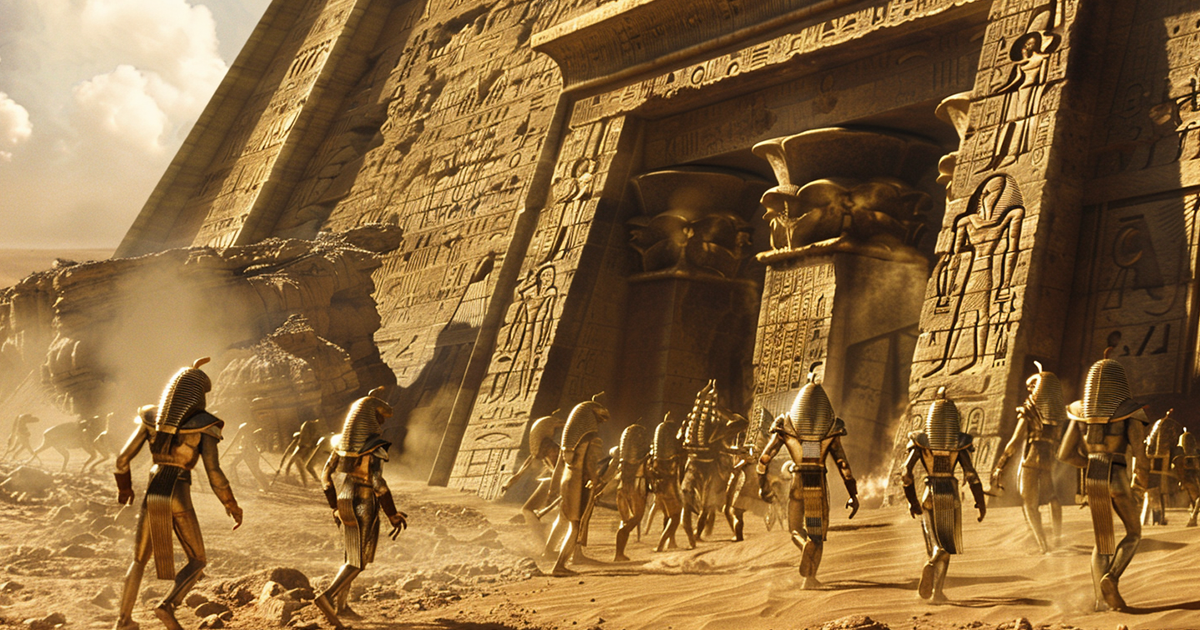Deep within Egypt rests the enigmatic Osirion Temple, showcasing the extraordinary skills of ancient architects. Its unique design, with precisely cut megaliths and intricate details, challenges traditional comprehension, suggesting advanced wisdom or external influence. Let’s immerse ourselves in the mysteries surrounding the Osirion Temple and investigate the unorthodox methods used in its construction.
In a secluded spot near Abydos, Egypt, adjacent to the Temple of Seti I, stands the perplexing Osirion Temple. Thought to originate during the reign of Pharaoh Seti I or his son Ramses II, this temple stands out for its unconventional building techniques and distinct architectural characteristics. Unlike its contemporaries, the Osirion Temple boasts massive stone blocks, expertly carved and seamlessly assembled with remarkable accuracy.
Noteworthy among the temple’s features is its utilization of colossal megalithic stones, some weighing a staggering 100 tons, arranged in intricate designs with flawless junctions. The precision in crafting and placing these stones raises questions about the skills of ancient Egyptian stonemasons and engineers. How did they achieve such extraordinary craftsmanship using the limited tools and technology available at that time?

Some theorists suggest that the construction methods at the Osirion Temple might have been influenced by advanced information or external sources. The precision-cut megaliths and elaborate designs bear similarities to edifices found in different regions, sparking speculation about potential cultural exchanges or ancient societies with advanced technological know-how.
Furthermore, the temple’s positioning and layout hint at a deeper significance beyond its architectural grandeur. Dedicated to Osiris, the deity of the afterlife and rebirth, the temple likely served as a ceremonial venue for rituals and religious observances linked to death and renewal. The underground chambers and water passages within the temple complex deepen its mystique, suggesting symbolic interpretations and hidden meanings.
Nonetheless, skeptics propose alternative theories regarding the Osirion Temple’s construction, crediting its precision and intricacy to the creativity and skill of ancient Egyptian artisans. They argue that while the temple’s construction may appear unconventional by contemporary standards, it does not necessarily imply external influences or advanced knowledge surpassing the capabilities of ancient civilizations.
In essence, the Osirion Temple remains a tribute to the brilliance and architectural mastery of ancient Egypt. Its unconventional building methods and detailed design continue to captivate scholars and enthusiasts, igniting discussions and conjectures about the origins of its creators and the mysteries concealed within its walls. Whether seen as a product of advanced wisdom, cultural interactions, or human resourcefulness, the Osirion Temple endures as a timeless emblem of Egypt’s enigmatic and illustrious history.
